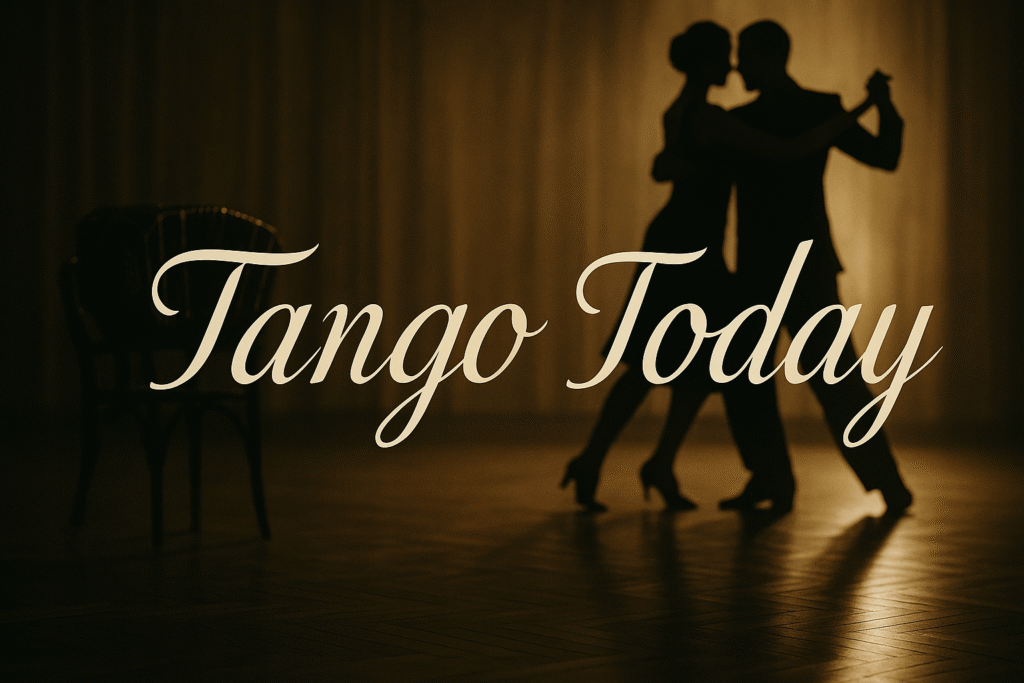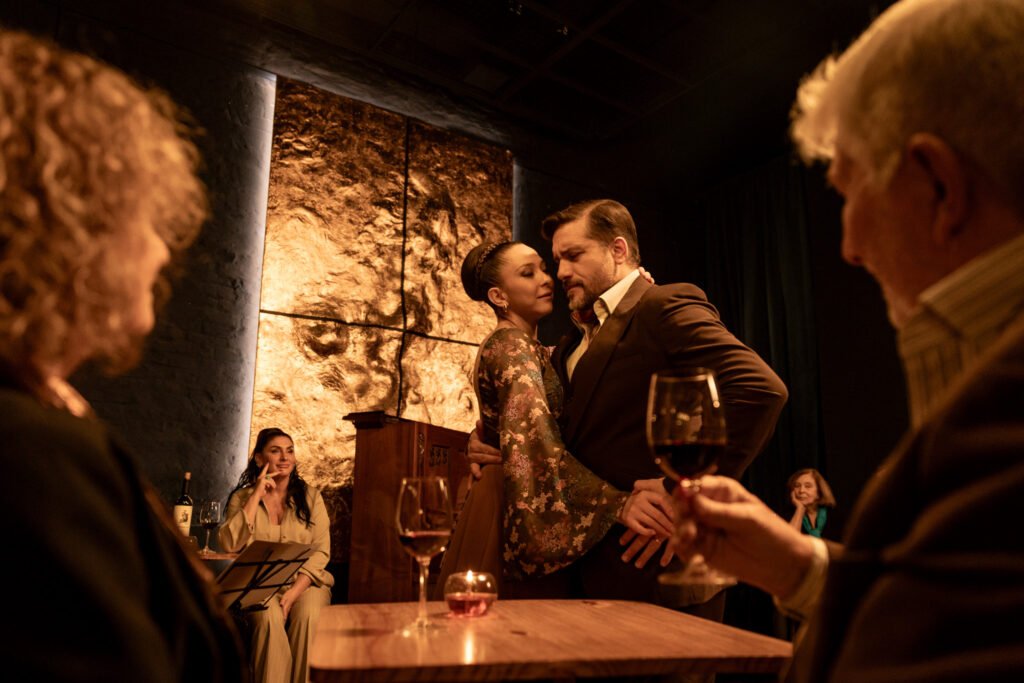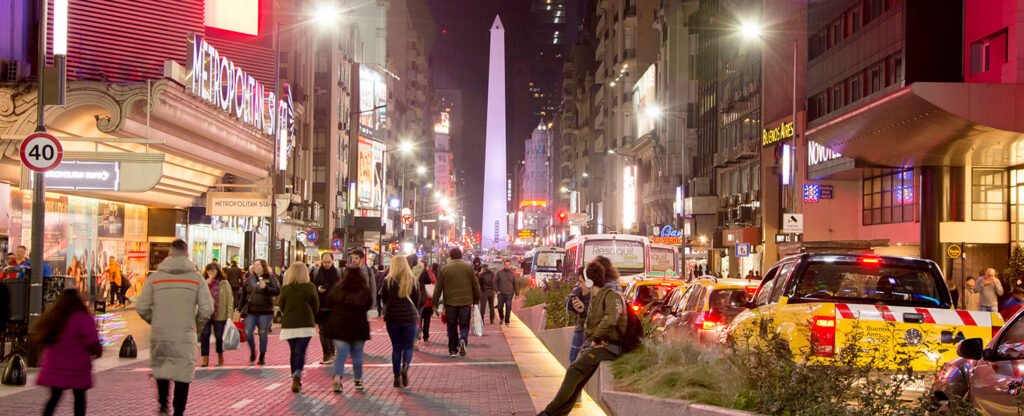If you’ve ever been captivated by the passionate and elegant movements of the tango, you might wonder where in the world did tango start. The tango, with its rich history and diverse influences, has its roots firmly planted in the dynamic city of Buenos Aires, Argentina.
The first historical record of the word “tango” can be traced back to a government proclamation in Argentina in 1789. This proclamation banned “tango” musical gatherings, which were popular among slaves and the lower classes in the port areas of Buenos Aires.
As you delve into the history of tango, you’ll discover a dance that is not just a form of expression but a cultural phenomenon that has evolved over centuries. From its humble beginnings in the suburbs and lower-class neighborhoods of Buenos Aires and Montevideo, Uruguay, tango has become a global sensation, captivating hearts and dance floors around the world.
Tracing the Roots of Tango in Buenos Aires
At the turn of the 20th century, Buenos Aires was undergoing a dramatic transformation. Massive waves of immigration from Europe—especially from Italy and Spain—brought with them new customs, instruments, and rhythms. The city’s bustling neighborhoods, bars, nightclubs, and popular theaters became fertile ground for artistic experimentation and exchange.
Tango emerged not just as a dance, but as a cultural reflection of urban life, filled with passion, nostalgia, and identity. Working-class districts like La Boca, San Telmo, and Boedo played a central role in its development, as European immigrants mixed with Afro-Argentine traditions and local criollo culture.
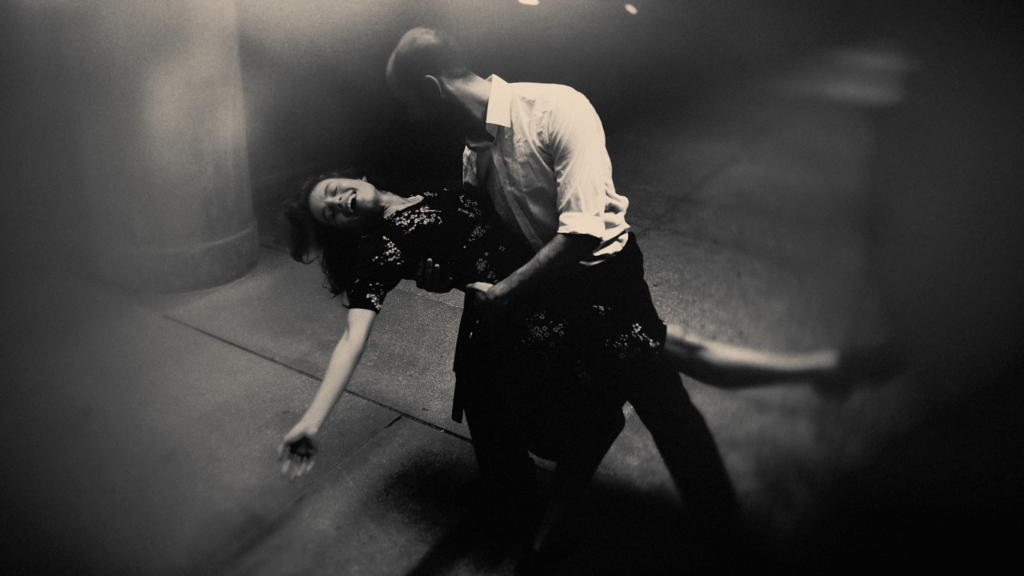
The streets echoed with music from barrel organs and early tango recordings on victrolas. These sounds would soon evolve into a movement that spread far beyond the arrabales (outskirts) of the city.
Influence of European and African Heritage
Tango’s style and rhythm are deeply rooted in a complex mix of African, European, and indigenous cultures. The dance borrowed movement and tempo from Cuban habanera, Argentine milonga, and Uruguayan candombe.
African heritage, particularly through candombe ceremonies from formerly enslaved communities, contributed to tango’s rhythmic complexity and expressive power. From Europe came musical structure and instrumentation—particularly the polka, mazurka, and waltz.
One of tango’s defining features, the bandoneón, arrived from Germany and quickly became an essential part of tango orchestras. Its melancholic tone gave tango a voice unlike any other.
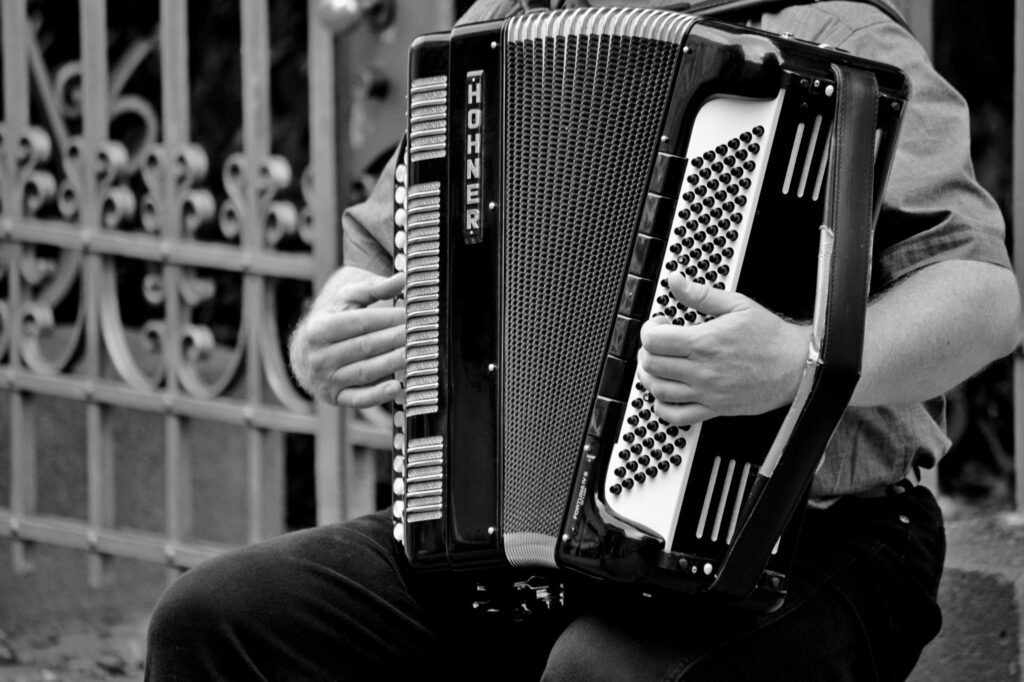
A Dance Forged in Diversity: Cultural Fusion and the Evolution of Tango
The Immigrant Pulse Behind Every Step
Between the late 19th and early 20th centuries, the influx of immigrants brought instruments like the violin, guitar, and bandoneón, further enriching tango’s musical vocabulary. But beyond the instruments, what truly shaped tango was the encounter of different communities sharing space, stories, and longing.
In the suburbs of Buenos Aires and Montevideo, tango became a mirror of social change. The dance expressed the hopes, frustrations, and cultural baggage of newly arrived immigrants and marginalized groups who used it to find common ground.

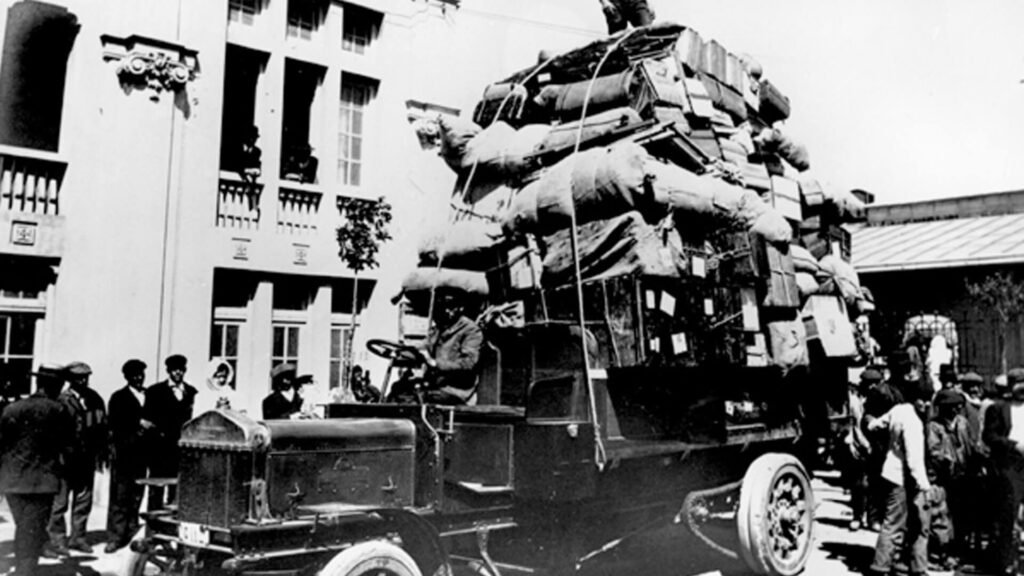
From Street Corners to Social Ritual: Tango in Everyday Life
Initially danced in brothels, taverns, and street corners, tango spoke the language of the people. It was personal, emotional, and raw—reflecting a world in flux. Over time, milongas (dance gatherings) emerged as spaces where social differences blurred and tango became a ritual of connection.
As the genre matured and spread, tango gained respectability. Music filled both ballrooms and cabarets, evolving into a symbol of Buenos Aires’ modern urban culture. Much of this shift was thanks to the growing popularity of figures like Carlos Gardel, whose voice and presence helped legitimize tango in the eyes of a broader public.
If you’re looking to experience that same spirit today—intimate, emotional, and deeply connected to its roots—you can see it come to life in our own hidden corner of Buenos Aires. Book your night at Secreto tango society and step into a performance that keeps the tradition alive, one breath and one step at a time.

Tango’s Spread Across the World
Tango’s journey to the world stage began in the early 1900s when European travelers visiting Buenos Aires brought the dance back to cities like Paris, Berlin, and London. The sophisticated and sensual style of tango captured the European imagination, turning it into a cultural sensation.
Paris, in particular, embraced tango fervently. It became fashionable in aristocratic circles and was soon adapted into the European ballroom style. From there, tango spread across the continent and eventually reached New York by 1910.

When Tango Ruled the Night: The Golden Age
The 1920s to 1950s marked tango’s Golden Age, a period of artistic brilliance in Buenos Aires. Even up to de 60’s, legendary orchestras and composers like Astor Piazzolla helped refine and revolutionize the genre, blending classical influences and improvisation into its core. If you’re interested in discovering more about this remarkable chapter of tango’s past, we’ve gathered some little-known highlights in our Tango Fun Facts article.
FAQs Cheat Sheet (For When You’re Skimming, Not Skipping)
Where in the world did tango start, and what regions were instrumental in its development?
Tango originated in the working-class port neighborhoods of Buenos Aires, Argentina, and Montevideo, Uruguay. Its early development was shaped by African rhythms like candombe, European dances like the polka and mazurka, and local musical traditions.
What cultural and musical influences contributed to the formation of the tango?
A blend of African drumming traditions, Spanish-Cuban habanera, indigenous elements, and European folk music all contributed. Immigrant communities brought instruments like the violin and bandoneón, helping to shape the tango’s distinctive sound.
How did immigration policies in Argentina impact the evolution of tango?
The encouragement of European immigration in the late 19th century brought a wave of musical and cultural exchange. Despite early rejection from elites, tango became a powerful expression of the immigrant experience and later, a symbol of Argentine national identity.
What role did African rhythms and European music styles play in shaping the tango?
African influences brought percussive complexity and improvisation through rhythms like candombe and milonga. European styles added melodic and structural layers, while the bandoneón gave tango its signature melancholy tone.
How did tango spread beyond Argentina and Uruguay?
Tango traveled to Europe through tourists and Argentine elites. It gained popularity in Paris and beyond, thanks in part to icons like Carlos Gardel and the international tours of dancers and musicians. From there, it reached North America and became a worldwide phenomenon.
A Final Note Before the Music Fades
Where in the world did tango start? In Buenos Aires, of course, though our neighbors across the river in Montevideo might want a word. Like mate, it’s something we share with pride (and a bit of friendly rivalry), born on the banks of the Río de la Plata and shaped by both sides.
Tango is more than a tradition—it’s a story still being written on dance floors around the world. From the cobbled streets of San Telmo to the grand ballrooms of Paris, it continues to connect us to our roots, to our feelings, and to each other.
Whether you’re planning a trip to Buenos Aires or just beginning to explore the world of tango, let yourself be carried by its rhythm.
🎟️ If you’d like to experience tango up close, in its most intimate and powerful form, book a night at Secreto tango society, we promise it’ll be a night that dances with you long after it ends.
How useful was this post?
Click on a star to rate it!
Average rating 5 / 5. Vote count: 1
No votes so far! Be the first to rate this post.


